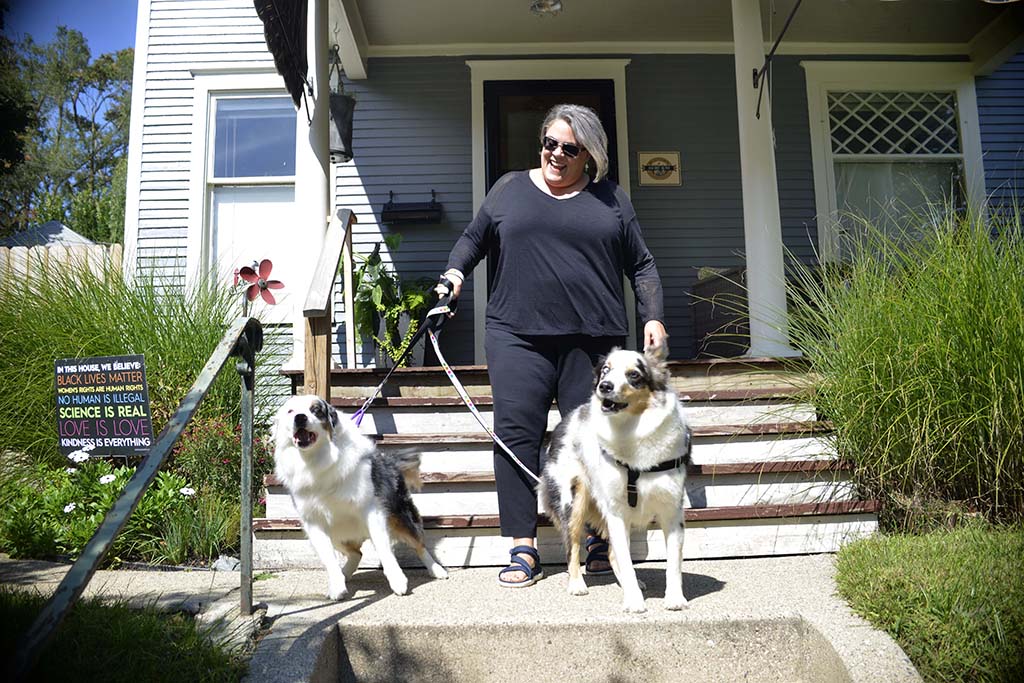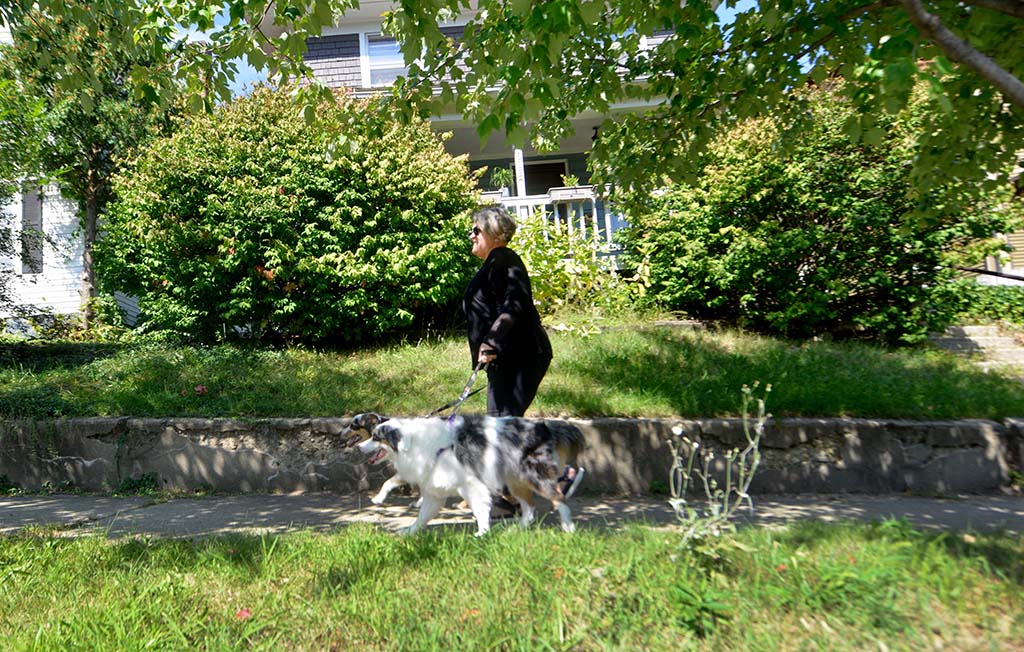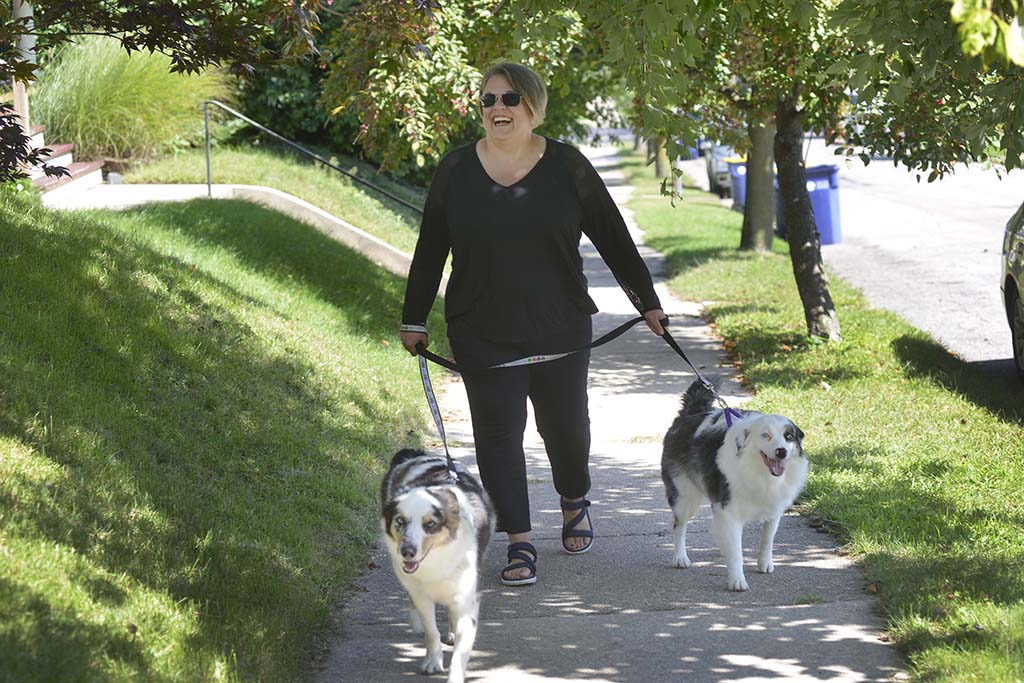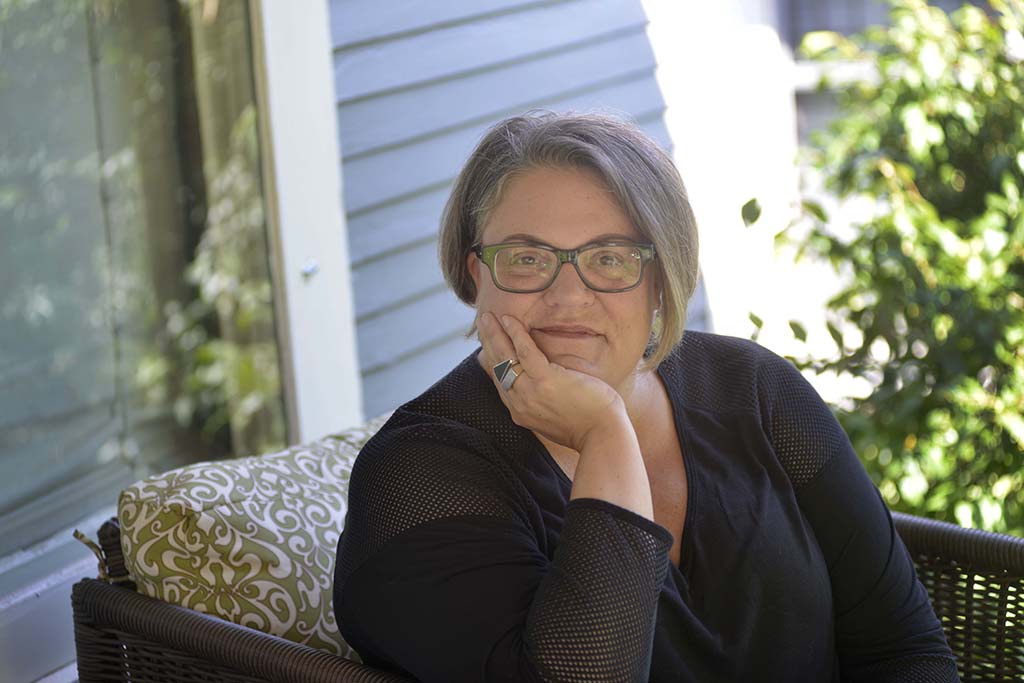When Samantha Searl, 50, thought about when her knee problems started, it took her all the way back to high school.
“Seems like I always had knee issues,” the Grand Rapids, Michigan, resident said. “I played tennis in high school and I remember having to stop when I felt like my knees would give out. It wasn’t that my knees hurt. They just felt unstable.”
By the time Searl reached 40, she had to admit: It wasn’t just instability she sensed in her knees.
Pain lurked there, too.
Not a lot, but pain nonetheless.
“Every year, the pain got to be a little more,” Searl said. “I realized that I was beginning to back off things I enjoy doing. I would walk the dogs, but the walks would get a little shorter. I liked to hike, but I would go less often.”
About two years ago, at age 48, she found she could no longer make it around the block without experiencing debilitating pain in her knees.
Then, in her work as a real estate agent, she’d find herself sending clients upstairs to check out the houses on their own. Her knees kept her from accompanying them.
And that settled it.
She finally went to see her doctor.
A second opinion
Searl learned she had severe arthritis in both knees. Not surprising. The Searl family history had arthritis running through it.
But her MRIs and X-rays also showed a severe tear in the meniscus, the pad of cartilage in her knees.
In an outpatient surgery, Searl’s doctor used a scope to smooth out areas in her knees where bone rubbed against bone. She stayed off her feet for about a week to let her knees heal.
“It only gave me a tiny bit of relief,” she said.
Then she tried cortisone shots.
“Nothing,” Searl said.
Then gel shots.
“That helped a little in one knee,” she said. “But not the other.”
She began to suspect the time had come for a different perspective. A second opinion. She did some research on orthopedic care in Grand Rapids and asked her friends for referrals.
One name kept coming up.
Replacement surgery
Searl made an appointment with C. Christopher Sherry, DO, a Spectrum Health Medical Group Orthopedics surgeon who specializes in hip and knee replacement surgery.
“That office was busy,” Searl said. “So many people. I figured he wouldn’t have time for me, but when it was my turn, he walked in, closed the door and whatever he had going on that day, he left in the hallway.”
Searl talked about her long, painful journey.
And Dr. Sherry listened.
“I took a look at Samantha’s X-rays and her medical history,” Dr. Sherry said. “Samantha had exhausted all her options. I recommended knee replacement.”
He scheduled surgery for Nov. 28, 2018, at Spectrum Health Blodgett Hospital.
Searl chose surgery on her left knee first, right knee later.
“We talked about the difference between the previous knee replacements and the ones available today,” Dr. Sherry said. “Older versions lasted 15, maybe 20 years, but the ones we do today are made from a better quality plastic, using better technology. They are too new for us to have data on long-term results, but it’s looking good.”
Dr. Sherry believes the new joints he uses today in replacement surgery will last beyond 20 years. Consequently, patients shouldn’t wait until they are older to get those painful joints replaced.
“Dr. Sherry said to me that I should start living my life again,” Searl said. “He was right.”
‘You don’t have to live with pain’
To prepare for surgery and the subsequent recovery, Searl early on applied what she learned in a two-hour pre-surgery class at Blodgett Hospital.
She credits that class with teaching her how to recover quickly—and well.
“You’ve got to do the work,” she said. “I prepared ahead of surgery by going into the gym with a personal trainer to build up my strength. That helped a lot. After surgery, I did physical therapy at Blodgett. I used pain as my guide, as Dr. Sherry said, to gauge what I could do.”
Not long after her left-knee surgery, Searl found herself on the move again.
She continues to visit the gym for regular workouts, building muscle as the soft tissue heals. She’s taking longer walks each day and, in the houses she shows, she’s once again accompanying clients up the stairs.
“It’s amazing to me now how much pain I had accepted in my life,” she said. “It’s so easy to fall into that. But you don’t have to suffer. You don’t have to live with pain.”
Searl’s right knee is slated for replacement soon.
For now, her new left knee has put a bounce back into her step.










 /a>
/a>
 /a>
/a>
 /a>
/a>